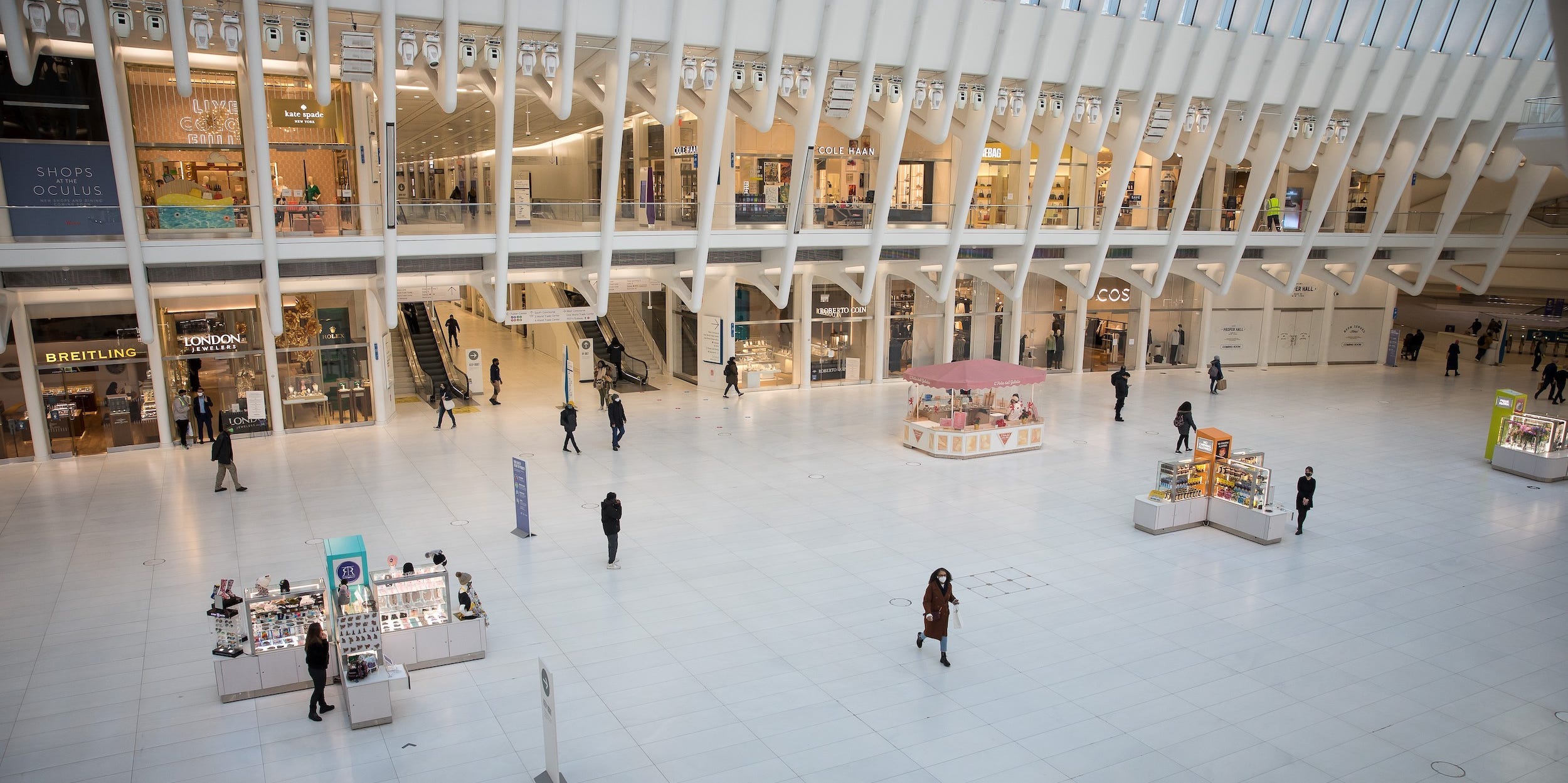
- US retail sales grew 5.3% in January, the Census Bureau announced Wednesday.
- The reading beats the 1% economist estimate and snaps a three-month losing streak.
- Sales are a popular gauge of consumer spending, a critical driver of overall growth.
- Visit the Business section of Insider for more stories.
American spending at retailers rebounded last month as falling COVID-19 cases and new stimulus revived some economic activity.
US retail sales grew 5.3% in January, the Census Bureau said Wednesday. Economists surveyed by Bloomberg expected spending to climb by 1%. The reading snaps a three-month streak of contracting sales and follows a revised 1% decline in December. The single-month expansion is also the largest since June.
The Census Bureau’s retail-sales gauge is among the most important indicators for overall growth. Consumer spending counts for about 70% of US economic activity. Increased spending stands to drive more hiring and fuel an upward spiral out of the country’s virus-induced lows.
Retail spending first cratered in spring 2020 as the initial wave of the coronavirus and related lockdowns halted activity. The $2.2 trillion CARES Act and partial reopening in the summer fueled a rebound, but the resurgence of COVID-19 cases through the end of last year saw spending slide from its September peak.
End of the tunnel
The Wednesday report suggests a similarly encouraging turnaround could be taking shape. For one, US coronavirus case counts crested in early January before tumbling through the month. Daily counts continue to fall across the country, prompting new hope for widespread reopenings in the summer.
The country's rate of vaccination also improved through the start of the year. The US administered more than 1.3 million doses a day on average at the end of January, up from less than 300,000 one month prior. At the current rate, it would take about 8 months to administer two doses to three-quarters of the US population, according to Bloomberg data.
President Joe Biden reiterated in a Tuesday town hall that the US would have enough vaccines available for every American by the end of July.
Stimulus bump
Stimulus passed at the end of 2020 likely played a role in revitalizing spending at retailers. President Donald Trump approved a $900 billion aid package on December 27 that included $600 direct payments, food and rental assistance, and expanded unemployment benefits.
Early data signaled the package immediately lifted spending, particularly among low-income households. US credit- and debit-card spending climbed through the start of January as direct payments and expanded unemployment insurance reached Americans, according to Bank of America data.
Spending among stimulus recipients earning less than $50,000 was 22% higher year-over-year in the second week of January, roughly twice as much as non-recipients in the same income tier. UI recipients' spending ran exceeded that of non-recipients after trailing before the relief package's passage, the bank added.
Additional relief is almost certainly on the way. Democrats continue to push forward with plans to pass a $1.9 trillion stimulus measure first proposed by Biden in January. The package includes $1,200 direct payments, another boost to unemployment insurance, and aid for state and local governments.
While the president previously indicated he hoped to sign a bill with bipartisan support, Congressional Democrats and the Biden administration are increasingly supportive of passing the measure through budget reconciliation. The process requires a simple majority for passage, meaning every Senate Democrat would need to back the measure to avoid needing any Republican support.
House Majority Leader Steny Hoyer said Tuesday that Democrats are on pace for a floor vote on the aid bill "later in the week" of February 22.
